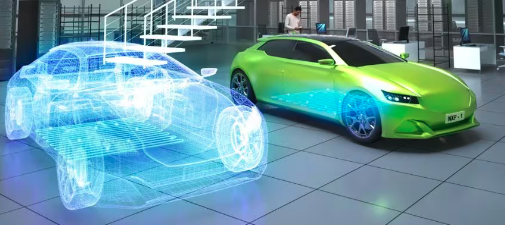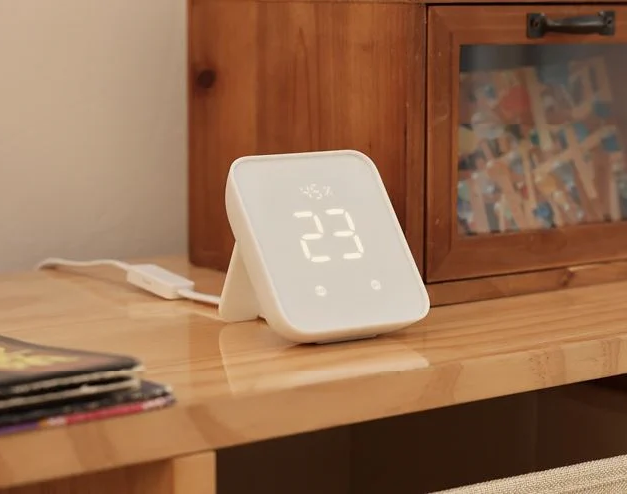Batteryless version can operate perpetually on harvested solar energy alone
Nordic Semiconductor tells us that Dutch engineering and design specialist, SODAQ, is using a Nordic multi-mode NB-IoT/LTE-M nRF9160 System-in-Package (SiP) in what is claimed to be the world’s first solar-powered, perpetual operation cellular IoT asset tracker.
The miniaturized 80 x 80 x 11.5 mm SODAQ TRACK SOLAR device forms parts of the SODAQ TRACK asset tracking range (which includes an additional two more battery-powered variants targeting theft detection and parcel tracking and monitoring) and weighs just 100g. In low duty cycle applications comprising up to eight pings a day, SODAQ says the asset tracker will operate perpetually on harvested solar energy alone. This is said to make the tracker ideal for a wide range of logistics, offshore, site management, and general asset tracking applications.
The tracker integrates a light sensor, accelerometer, temperature sensor, and status LEDs, and is powered from a 0.5W solar panel. It also offers a positional accuracy of 5-20m for GPS, 10-50m for Wi-Fi, and 100m+ for cellular.
“As the IoT moves into having hundreds of billions of devices installed worldwide, batteries suddenly become an important issue,” commented SODAQ CEO, Jan Willem Smeenk.
Smeenk continued: “First there is the cost issue of having to check and replace batteries which in large IoT installations quickly become the single biggest cost factor over an IoT product or sensor’s lifetime. And this cost factor will become even more significant as the data subscription costs for cellular continue to fall to what I predict will be around $1 a year before long.
“Second there is the environmental impact of having billions of batteries wasted every year. To me, therefore, the future of IoT really does need to be batteryless and therefore self-powered wherever possible. And so the SODAQ TRACK SOLAR is a firm a step in that direction for cellular IoT.”
Smeenk said that the SODAQ TRACK SOLAR is able to operate without a battery by using the available hardware and software in the best possible way: “This includes the low power characteristics of the Nordic nRF9160 SiP itself, and obeying the three golden rules of low power IoT design: Sleep as often as you can, work or go active for as short a period as possible, and communicate as briefly as possible when on-air.”
Related Articles

Ellisys and Novel Bits LLC Enter Partnership for New Bluetooth Low Energy Training Program
Integration of Industry-Leading Protocol Analysis Tools to Add Real-World Component to Curriculum Ellisys, a worldwide provider of protocol test, analysis, and qualification solutions for Bluetooth®, Universal Serial Bus (USB), and other wired and wireless...

Are Digital Twins Transforming Automotive? 3 Things You Need to Know
With new trends such as electrification and autonomous driving, today’s vehicle can be described as a system of sub-systems Somewhere in Los Angeles in the United States, the Department of Transportation is partnering on a solution to create a data-driven digital twin...

Smart Home Hub delivers complete home ecosystem
The SwitchBot Hub 2 realizes multiprotocol connection and smart infrared control Smart home company SwitchBot has launched a 4-in-1 Smart Home Hub capable of connecting to a variety of home automation devices. The ‘SwitchBot Hub 2’ can control air conditioners,...
Stay Up to Date With The Latest News & Updates
Our Sponsors
Incisor.TV partners with leading organisations in the technology sector.
Follow Us
And stay up to date with our news! We are active across the key social media platforms – please do follow us!




0 Comments